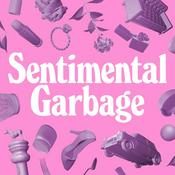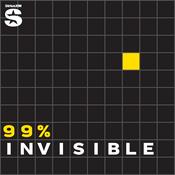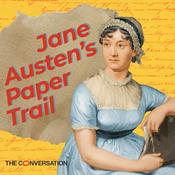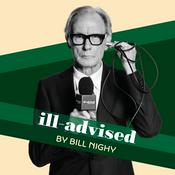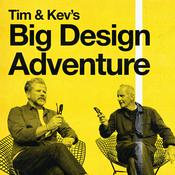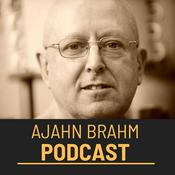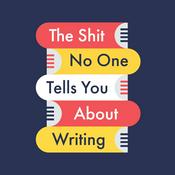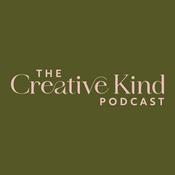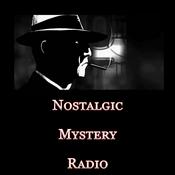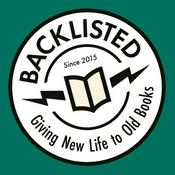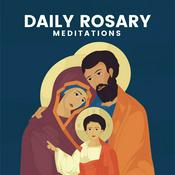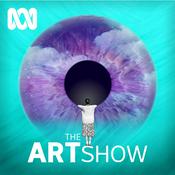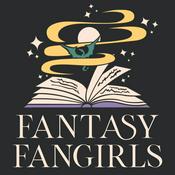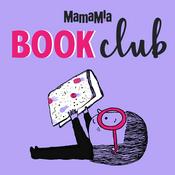Available Episodes
5 of 105
- TLP Interview with The Cheeky ScholarEarlier this year, I had a really, really great conversation with Dr. Lara Ayad, host of the podcast The Cheeky Scholar - and I'm proud to share it today. We cast our net really wide, talking at first about the role of artists in society, my favorite museums, but then we got into it. We got into it. Because Lara and I are both, in the parlance of the moment, free speech bros. And if you’re going to be a good artist, or a good art critic, you can’t be afraid of censorship, and you sure as hell can’t practice it. Lara and I talk everything from Anselm Kiefer to Dr. Seuss, and what we came to realize is this: you have to open your mouth. You have to look at world with open eyes and an open mind. And nothing shuts all those things – mouth, eyes, and mind – more than fear. Fear of offending. Fear of saying the wrong thing even when you’re trying to say the right thing. Or fear that full-on disagreeing will put the whole of your values, your entire moral compass, in question. What will people think of me? Am I still allowed in the club? Am I still a good person? Full disclosure: it’s this fear, and these questions, that made me almost not share this conversation. But that’s nuts. And when you listen, you’ll hear why. Freedom of speech is one of the most foundational tenets we have in a liberal society – and this has always been the case, regardless of who had the cultural power to cancel whom.Support the show by becoming a patron or by just sending us a tip. Hosted by Simplecast, an AdsWizz company. See pcm.adswizz.com for information about our collection and use of personal data for advertising.--------1:22:03
- Bonus - Why Public Radio Matters: A Conversation Between Rumble Strip's Erica Heilman and Jay AllisonIt's September, and time to get back to work. That means defending public radio against federal defunding, exploring its core values, and taking an honest look at how we got here. I'm proud to share this conversation between my Hub & Spoke colleague Erica Heilman, host of the exquisite and unflinching Rumble Strip, and her buddy Jay Allison, founder of Transom, producer of The Moth Radio Hour, and generally one of the most stalwart producers in the industry, about why public radio matters.Episode webpage.Support the show by becoming a patron or by just sending us a tip. Hosted by Simplecast, an AdsWizz company. See pcm.adswizz.com for information about our collection and use of personal data for advertising.--------26:10
- In Plain Sight - Ep. 3: "Go Deeper""You don't go look at a Rothko; you go inside a Rothko." - Claire, visitor, National Gallery of ArtModern art. Two little words that strike so much fear in the heart of the average museum goer. When you're used to straightforward, legible paintings and sculptures, Modernism can be pretty destabilizing. Pretty weird. Canvases are now spattered with paint, or lined with grids, or barely containing the shapes that seem to want to float away. A car tire is cut apart and reassembled. A giant mobile floats in the air, catching the breeze. And it's natural to ask, well, what does this mean? What is this piece about? How did I just go from Post-Impressionism to Fauvism to Cubism to Futurism, when the subject matter of these paintings all kind of look similarly shattered and rebuilt and hastily glued back together again? How could I ever understand the nuances of this stuff without a graduate degree? But I promise you, you can.Learn more.See the images.Music Used:The Blue Dot Session, “Tall Harvey,” “Highway 430,” “Ranch Hand,” “Cornicob,” “The Melt,” “A Common Pause,” “Within the Garden Walls,” “Basketliner” Hosted by Simplecast, an AdsWizz company. See pcm.adswizz.com for information about our collection and use of personal data for advertising.--------20:56
- In Plain Sight - Ep. 2: "Listen Closer""Questions and the search for answers, and the appreciation of beauty, and then wanting to share it with other people, to go look at it closely together. Then you realize you've got something that can feed you for the rest of your life as a career." - Emily Pegues, curator, National Gallery of Art.Museum curators are an intimidating species. Those experts with their degrees. How could they possibly remember what it was like to walk into a museum for the first time and feel overwhelmed by the sheer volume of history on display? How could they imagine what it’s like to be a visitor who doesn’t care about a landscape with cows? After all, we’re not born knowing the stories these paintings tell, or how to seek them out.In the second episode in our series, we’re going to explore how a long look into an artwork can inadvertently engage another sense: hearing. Hearing the stories that a painting can tell. And the curators at the National Gallery are here to help. Help put us in the best possible position to receive these stories; help us listen to what these paintings are saying to us. And how to imagine these stories moving through the centuries, embracing us the way they once embraced them for the first time, and making them want to do what they do.Learn more.See the images.Music Used:The Blue Dot Sessions, “Gentle Son,” “Pinky,” “Origami Guitar,” “Arizona Moon,” “Tangeudo,” “The Melt,” “Lina My Queen,” “Brer Rhetta,” “Georgia Overdrive” Hosted by Simplecast, an AdsWizz company. See pcm.adswizz.com for information about our collection and use of personal data for advertising.--------25:22
- In Plain Sight - Ep. 1: "Look Longer""There are different levels of looking. And it's exciting to bring people to the different levels." - Estelle Quain, docent, National Gallery of ArtHow do YOU feel when you walk into an art museum? Is it familiar? Intimidating? Do you have a guard trying to shush you, or an overly-enthusiastic friend trying to tell you what to like? Are you joyful? Are you sad? Are you… bored?You’re not alone. Whether it’s your first time in an art museum or your 10,000th, everyone’s going to respond differently. That’s why we made this podcast.In June of 2024, I was honored to be the Storyteller-in-Residence at the National Gallery of Art in Washington, DC. I spent a week in the museum talking to and recording as many people as I could: curators, museum staff, visitors. We talked about what brought them to the museum, and what keeps them there. We talked about what makes the museum experience transcendent, and, bluntly, what can get in the way of that - what stands in the way of connecting with an artwork, what makes them feel like they never learned the secret knock to access this world. After all, in order to make a space inviting, you have to understand why some people can feel left out.In this three-part series, a collaboration between the National Gallery of Art and The Lonely Palette, we’re going to explore the idea of what it means to open yourself up to an art museum, one artwork, or conversation, at a time. And how the tools to do this have been here for you all along, literally in plain sight, just waiting for you.Today, in the first episode of our series, I talked to various museum staff about preconceived notions of art that visitors bring with them to the museum. We discussed how their jobs are to meet visitors where they’re at, and to encourage them to go further. To look longer.Learn more.See the images.Music Used:The Blue Dot Sessions, “Brer Rhetta,” “Greylock,” “Alustrat,” Vela Vela,” “Caprese,” “Setting Pace,” “Our Fingers Cold” Hosted by Simplecast, an AdsWizz company. See pcm.adswizz.com for information about our collection and use of personal data for advertising.--------25:49
More Arts podcasts
Trending Arts podcasts
About The Lonely Palette
Welcome to The Lonely Palette, the podcast that returns art history to the masses, one painting at a time. Each episode, host Tamar Avishai picks a painting du jour, interviews unsuspecting museum visitors in front of it, and then dives deeply into the object, the movement, the social context, and anything and everything else that will make it as neat to you as it is to her. For more information, visit thelonelypalette.com | Twitter @lonelypalette | Instagram @thelonelypalette.
Podcast websiteListen to The Lonely Palette, Sentimental Garbage and many other podcasts from around the world with the radio.net app
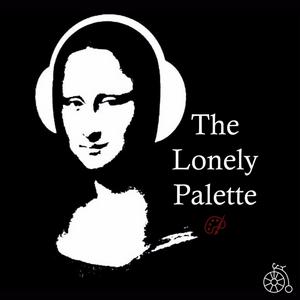
Get the free radio.net app
- Stations and podcasts to bookmark
- Stream via Wi-Fi or Bluetooth
- Supports Carplay & Android Auto
- Many other app features
Get the free radio.net app
- Stations and podcasts to bookmark
- Stream via Wi-Fi or Bluetooth
- Supports Carplay & Android Auto
- Many other app features


The Lonely Palette
Scan code,
download the app,
start listening.
download the app,
start listening.
